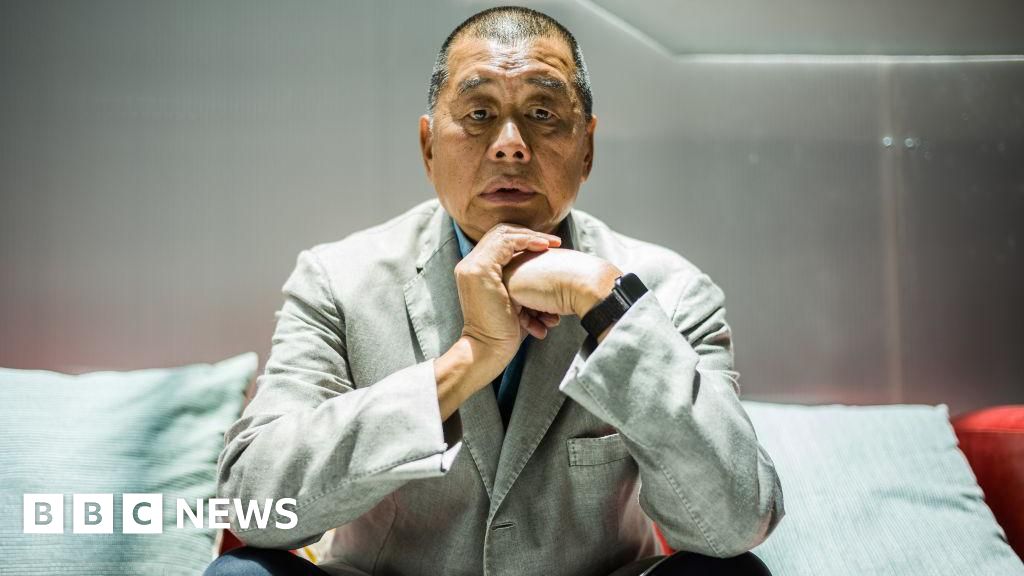DNI Tulsi Gabbard reveals James Clapper sought to ‘compromise’ normal procedures to rush Russiagate hoax intelligence report
“We may have to compromise on our ‘normal’ modalities, since we must do this on such a compressed schedule.”
Director of National Intelligence Tulsi Gabbard released newly declassified emails on Wednesday evening pertaining to the Russia collusion hoax, showcasing how Obama Director of National Intelligence James Clapper told fellow administration officials that “we may have to compromise on our ‘normal’ modalities” to create an intelligence report ordered by then-President Barack Obama.
Gabbard wrote, “Newly declassified Top Secret emails sent on December 22, 2016 complying with President Obama’s order to create the manufactured January 2017 ICA about Russia expose how DNI James Clapper demanded the IC fall in line behind the Russia Hoax. Clapper admits that it was a ‘team sport’ that required ‘compromise on our “normal” modalities.'”
Then-NSA head Michael Rogers expressed concerns raised by his team over the “fast-track” effort and how they did not have “enough time to review all of the intelligence to be absolutely confident in their assessments.”
Rogers wrote, “I’ve just returned from a TDY overseas and been updated on the current status of our efforts to produce a joint product related to Russian attribution and intent for the DNC/DCCC hacks. I know that this activity is on a fast-track and that folks have been working very hard to put together a product that can be provided to the President. However, I wanted to reach out to you directly to let you know of some concerns I have with what I am hearing from my folks.”
The email continued, “Specifically, I asked my team if they’d had sufficient access to the underlying intelligence and sufficient time to review that intelligence. On both points my team raised concerns. They were clear that, at the staff level, folks have been forward-leaning and trying to ensure that we have an opportunity to review and weigh in, but I’m concerned that, given the expedited nature of this activity, my folks aren’t fully comfortable saying that they have had enough time to review all of the intelligence to be absolutely confident in their assessments.”
He said that he wanted “to be clear” that he was “not saying that we disagree substantively, but I do want to make sure that, when we are asked in the future whether we can absolutely stand behind the paper, that we don’t have any reason to hesitate because of the process.”
Clapper replied later that day, “Understand your concern. It is essential that we (CIA/NSA/FBI/ODNI) be on the same page and are all supportive of the report—in the highest tradition of ‘that’s OUR story, and we’re sticking to it.’ This evening, CIA has provided to the NIC the complete draft generated by the ad hoc fusion cell.” Intelligence community officials told Fox News that the “ad hoc fusion cell” was a small team put together by then-CIA Director John Brennan to draft the 2017 Intelligence Community Assessment.
Clapper’s email continued, “We will facilitate as much mutual transparency as possible as we complete the report, but, more time is not negotiable. We may have to compromise on our ‘normal’ modalities, since we must do this on such a compressed schedule. This is one project that has to be a team sport.”
Documents declassified by Gabbard in July revealed that in early December 2016, prior to the email chain, intelligence officials gave a document to Obama that stated, “We assess that Russian and criminal actors did not impact recent US election results by conducting malicious cyber activities against election infrastructure.” It goes on to list various attempts at interference in voter registration databases that were not successful and that “Criminal activity also failed to reach the scale and sophistication necessary to change election outcomes.”
“We have low-to-moderate confidence in the Russian Government’s involvement because of our uncertainty about its utility for a state actor, a lack of observed effects from the low-profile operation, and the actors’ use of obfuscation techniques, which included substantial overlap with criminal actors using similar targeting patterns and tactics,” it read.












